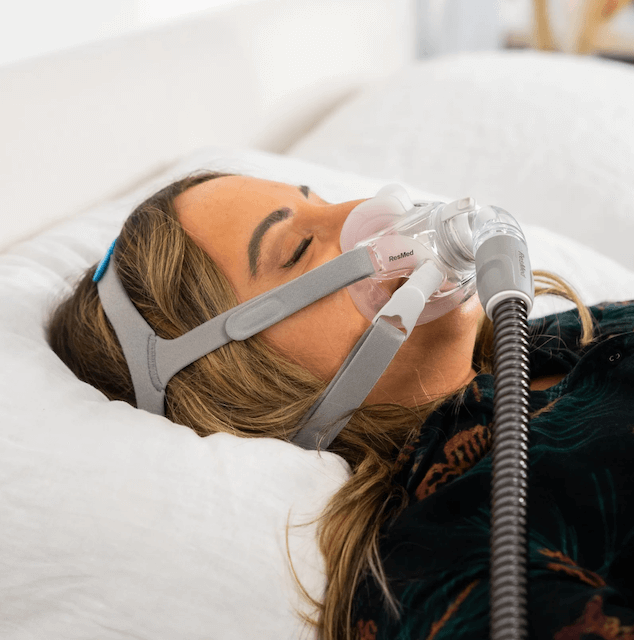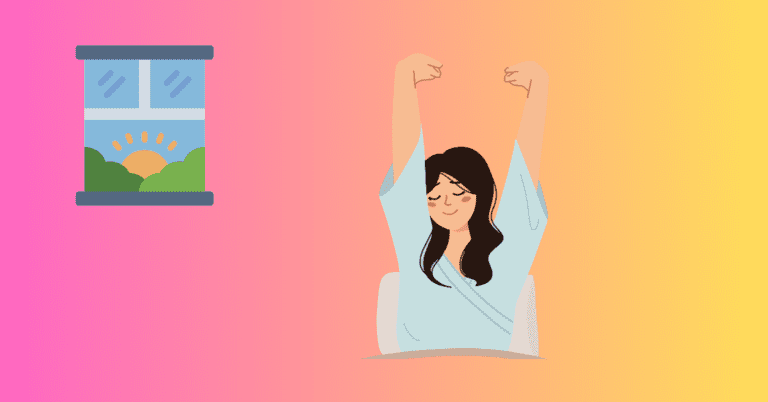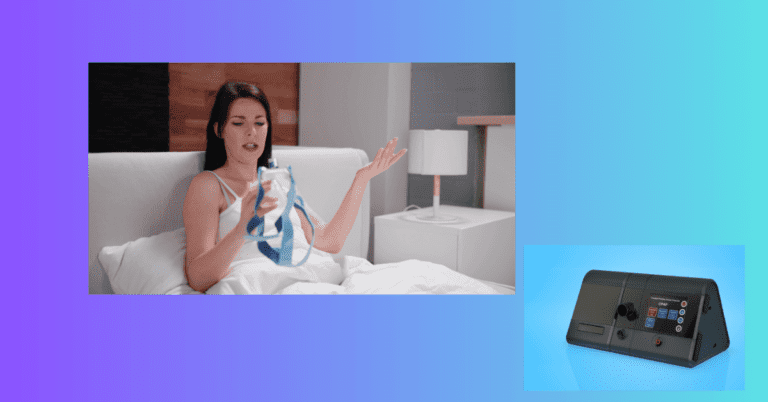Best CPAP Masks for Children
Jeremy Smith is a long-term CPAP user and sleep apnea advocate. After being diagnosed with severe obstructive sleep apnea, he created ByJeremySmith.com to help others navigate CPAP therapy through personal stories, gear reviews, and practical advice.
If your child has been diagnosed with obstructive sleep apnea (OSA), you’ve probably heard how crucial CPAP therapy is.
The good news? Today’s pediatric CPAP masks are more comfortable, effective, and child-friendly than ever.
Below are my top-rated pediatric CPAP masks that offer a combination of comfort, secure fit, and kid-friendly features, each backed by expert reviews and designed specifically for children.
1. Philips Respironics Wisp Pediatric Nasal CPAP Mask
🎨 Kid-friendly design | Secure fit | Minimal facial contact
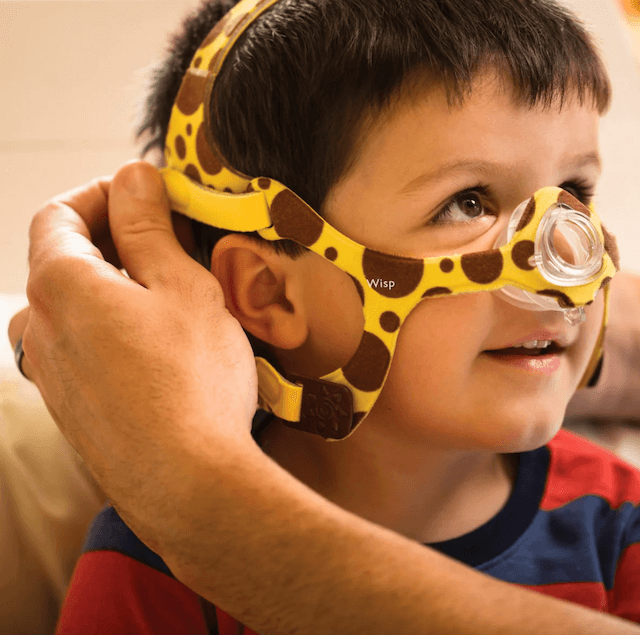
The Philips Wisp Pediatric is one of the most popular CPAP masks for children, and for good reason.
It’s got a fun giraffe-themed headgear that helps reduce fear and anxiety in younger users.
Plus, it’s reduced facial contact, which means fewer red marks and more comfort overnight.
✅ Pros
- Playful, animal-themed design makes kids more likely to wear it
- A flexible, minimal frame reduces skin irritation
- Easy-to-adjust straps that grow with your child
- Leak correction dial lets you adjust the fit without removing the mask
🚫 Cons
- Nasal only — not ideal for children who mouth breathe at night
The DreamWisp’s top-of-the-head design is a game-changer — the hose stays out of the way, so your child can move around freely in bed without getting tangled up. Whether they roll to the side or shift to their stomach, the mask stays put and keeps therapy consistent.
I also love how easy it is to use. The magnetic clips make adjustments super simple, even for first-time users. Plus, the open frame design gives a clear field of vision, so kids can still wear their glasses or watch a bedtime show without any hassle.
2. ResMed Pixi Pediatric Nasal CPAP Mask
🧒 Lightweight | Ideal for toddlers | Soft silicone seal
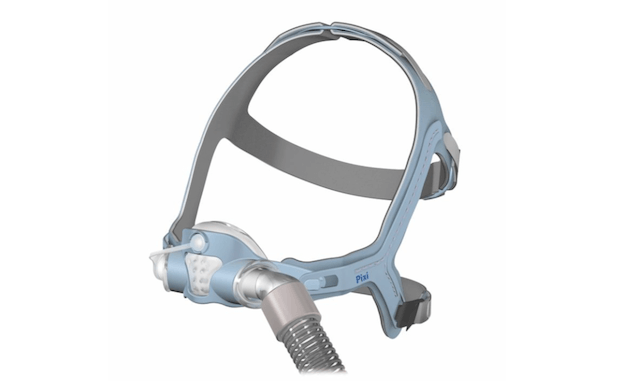
Developed in collaboration with pediatric specialists, the ResMed Pixi is perfect for children two years and older. It’s a secure but gentle seal that ensures effective therapy while remaining comfortable, even during tossing and turning.
✅ Pros
- An ultra-light frame that doesn’t weigh down little faces
- Breathable, soft headgear for sensitive skin
- Quick-release latch eliminates the need to adjust the headgear every time
- Tubing can be attached on the left or right side for side and stomach sleeping
- Low-profile nasal mask design leaves a clear field of vision
🚫 Cons
- It may not be appropriate for children who have trouble breathing through their nose,
- One size only, designed for children from 2 to 7 years old
- No giraffe patterns offered
💡 Do You Need a Prescription for a CPAP Mask?
Yes, in most cases, you’ll need a prescription to purchase a CPAP mask — even for children. That’s because these masks are classified as Class II medical devices by the FDA. The prescription ensures the mask matches the child’s pressure settings and therapy needs.
Some online retailers offer “fit packs,” allowing you to try different sizes at home, but you’ll still need a script from a pediatric sleep specialist or doctor. If you’re switching masks (but not changing pressure settings), you may be able to use your existing prescription.
👉 Tip: If you’re shopping online, many CPAP mask retailers make it easy to upload your child’s prescription right at checkout.
🛌 Tips for Parents New to CPAP Masks
Starting CPAP therapy with a young child can feel overwhelming. I have not been there, but I feel the struggle. My son is severely autistic, and wearing a mask is not an option for him.
Here’s what can help:
- Start with short daytime wear. Let your child wear the mask during quiet time or while watching cartoons. It builds comfort without pressure.
- Reward consistency. Create a sticker chart or simple reward system to encourage nightly use.
- Use a child-friendly explanation. Talk about how the “sleep mask” is like a superhero gadget that helps them breathe better and grow stronger.
- Stay patient. Adjustment takes time. A few rough nights at the beginning doesn’t mean therapy won’t work.
Also, be sure to clean the mask daily, especially around the nose bridge area, to prevent irritation or rash.
🧠 Types of CPAP Masks for Kids
Not all CPAP masks are created equal, especially when it comes to children. Here’s a quick breakdown:
Nasal Masks
Covers the nose only. Best for children who breathe through their nose and don’t have frequent nasal congestion.
Best for: Active sleepers, kids who don’t breathe through their mouths
Examples: ResMed Pixi, Wisp Pediatric
Nasal Pillow Masks
These sit right at the nostrils with small “pillows.” Minimalistic but harder for kids to tolerate at first.
Best for: Older children and teens with high mask tolerance
Examples: Not commonly used in very young children
Full Face Masks
Covers nose and mouth. Ideal for children who breathe through their mouth or have frequent congestion.
Best for: Mouth breathers or kids with colds
Examples: Most pediatric-specific full-face masks are custom-fitted
🔍 What’s Important to Consider in a Pediatric CPAP Mask?
When evaluating CPAP masks for children, focus on these key factors:
- Fit and Size Options: Masks should come in pediatric sizes with adjustable headgear. An ill-fitting mask can cause leaks, poor pressure delivery, or skin irritation.
- Material Comfort: Look for soft, hypoallergenic materials. Cloth or silicone are common and generally well-tolerated.
- Noise Level: Quieter masks improve sleep quality — for both the child and you!
- Ease of Cleaning: Simple designs without complex parts are easier to clean daily.
- Mask Weight: Lightweight designs reduce pressure on the face and improve nighttime comfort.
- Child Appeal: Let’s face it — cute, colorful designs help! A giraffe print or soft cloth makes a big difference for buy-in.
🧾 Final Thoughts
Pediatric CPAP therapy is a game-changer for children with sleep-disordered breathing. The right CPAP mask doesn’t just ensure better therapy — it sets the foundation for restful nights and brighter days. If you’re just starting out, be patient, stay informed, and keep your child’s comfort front and center.
Disclaimer: The content on this blog is for informational and educational purposes only and is not a substitute for professional medical advice. Always speak with your doctor or sleep specialist before starting, stopping, or changing any treatment or therapy related to sleep apnea or CPAP use.


